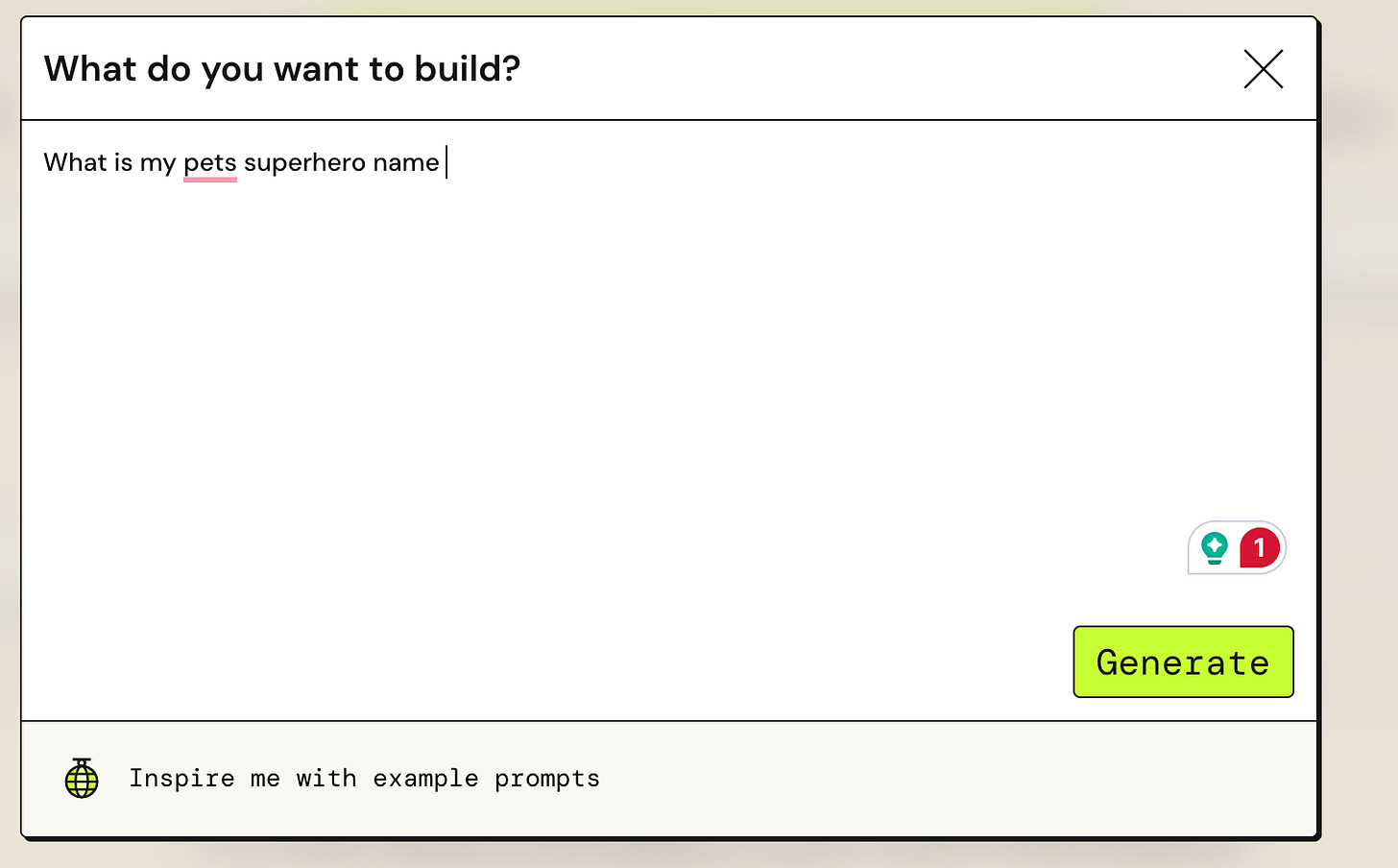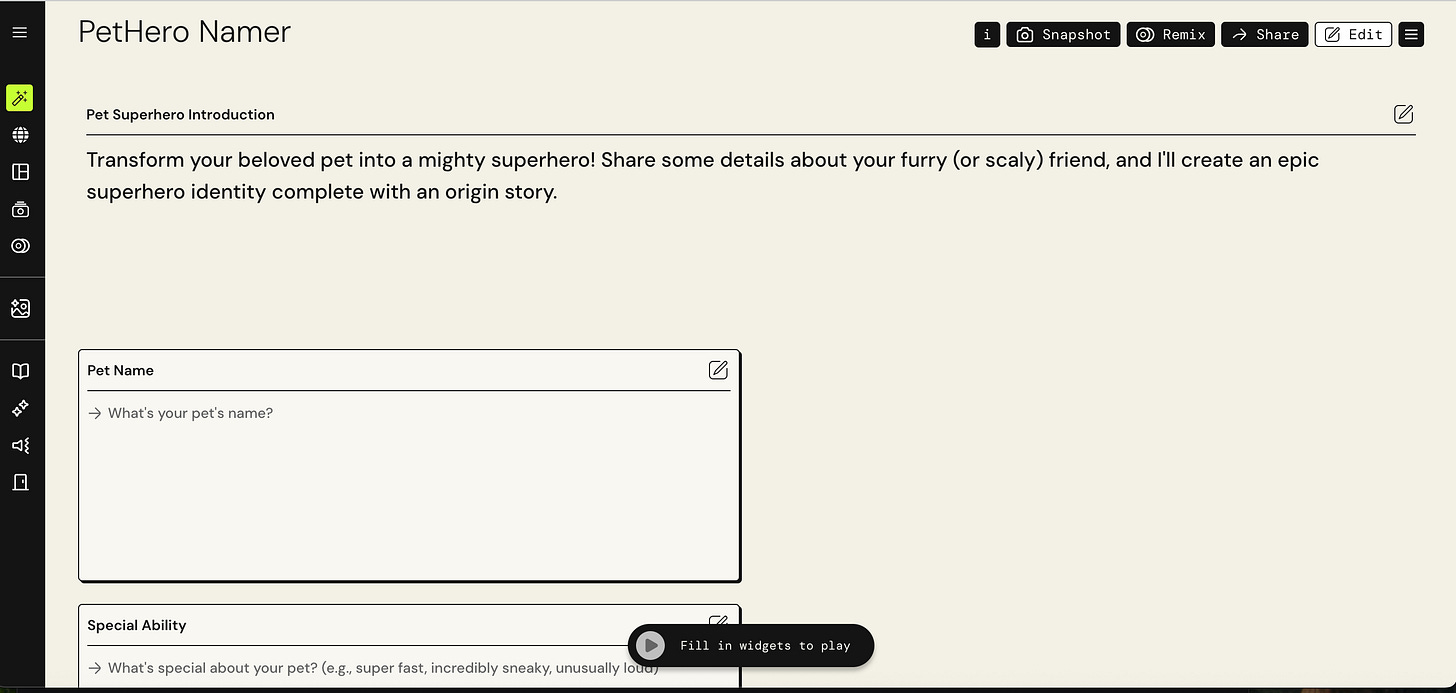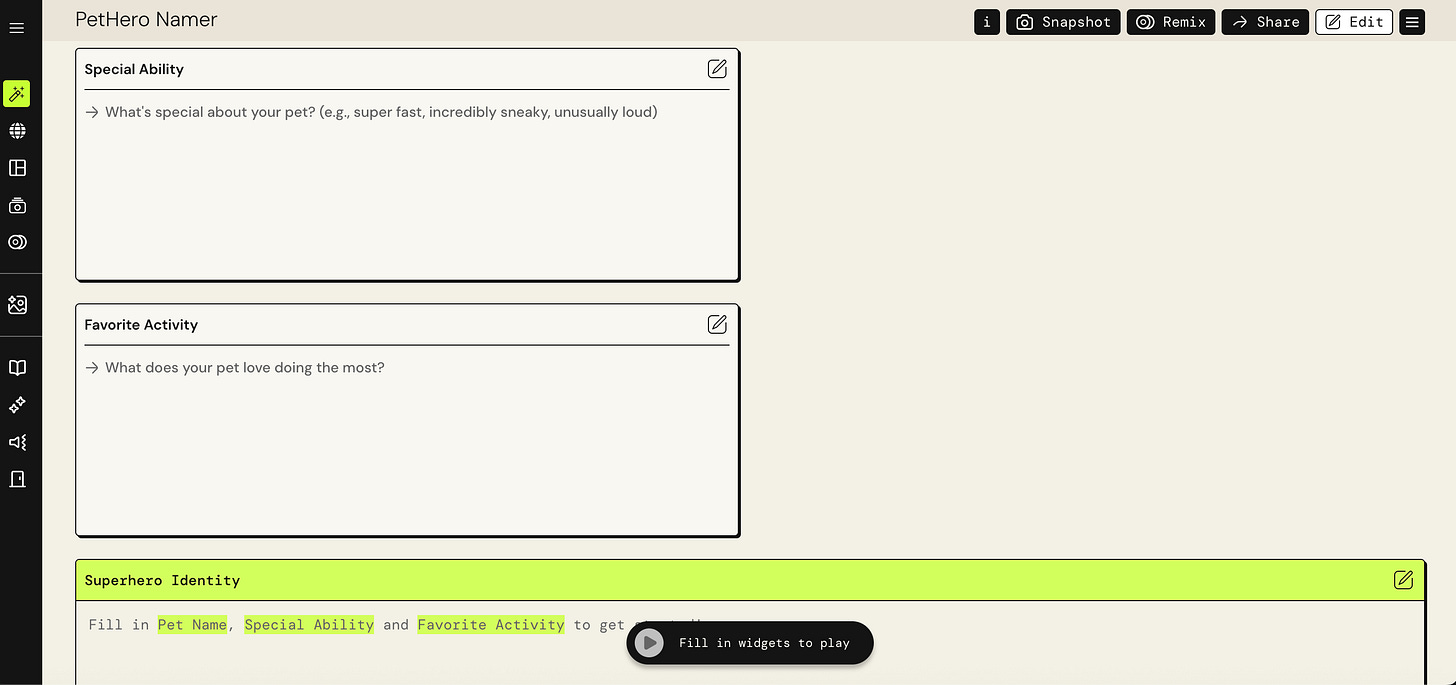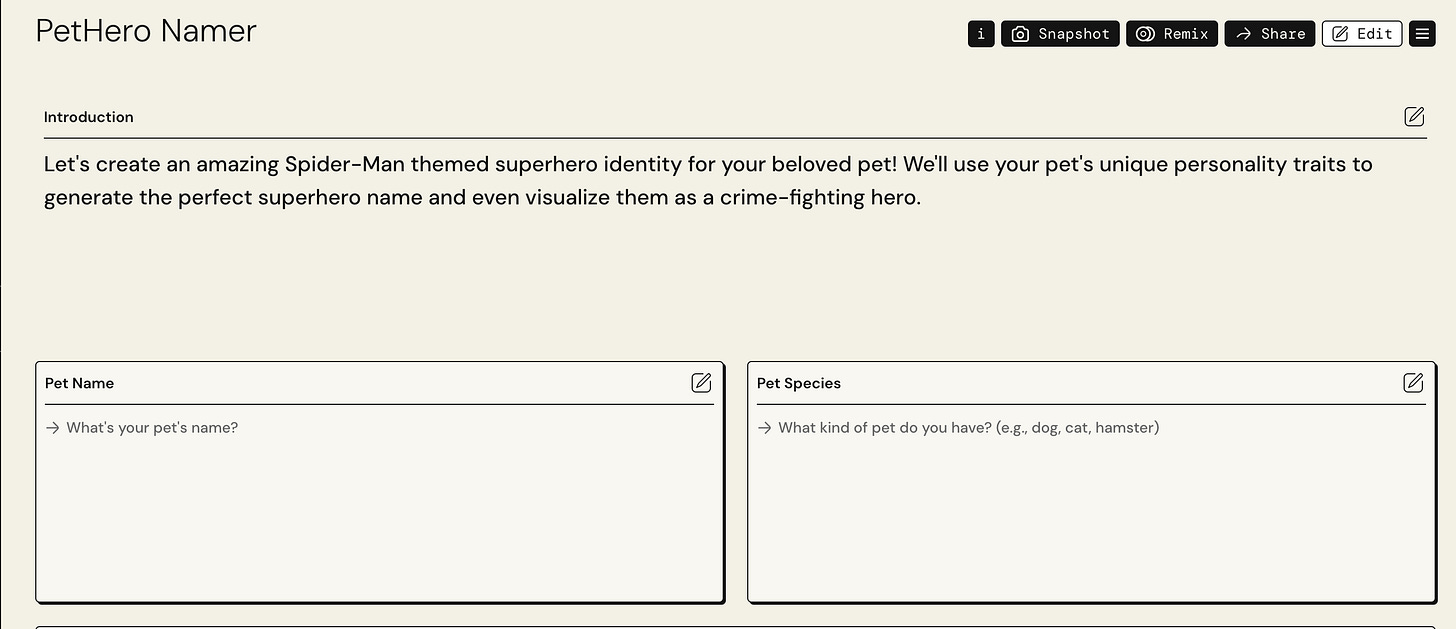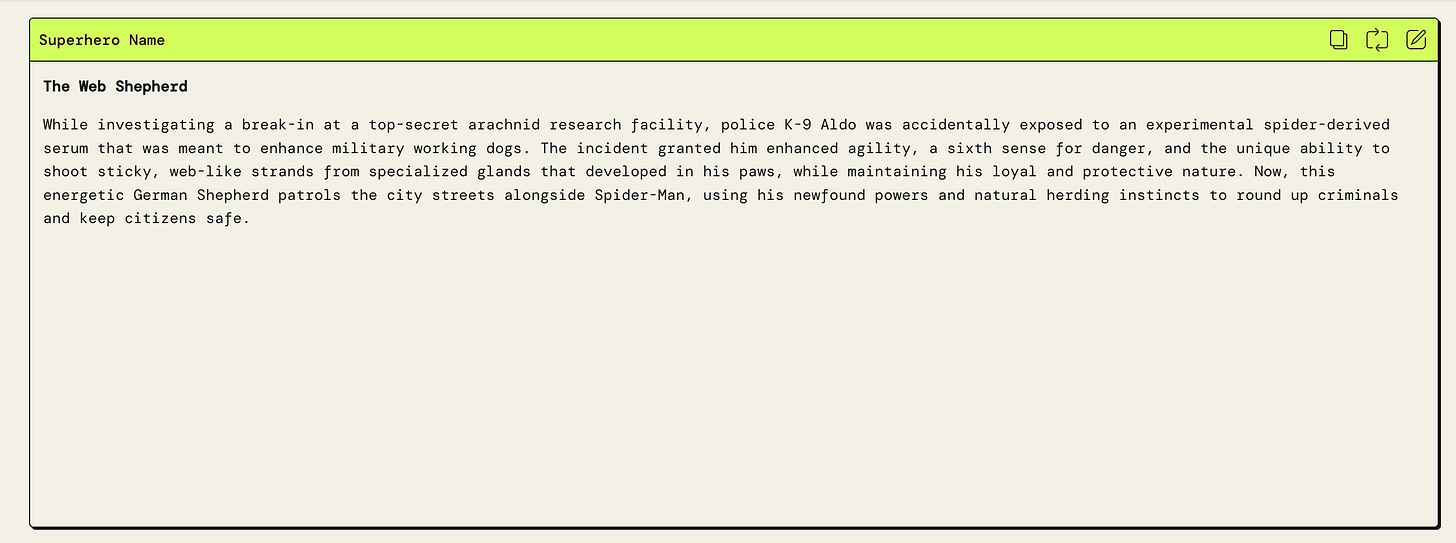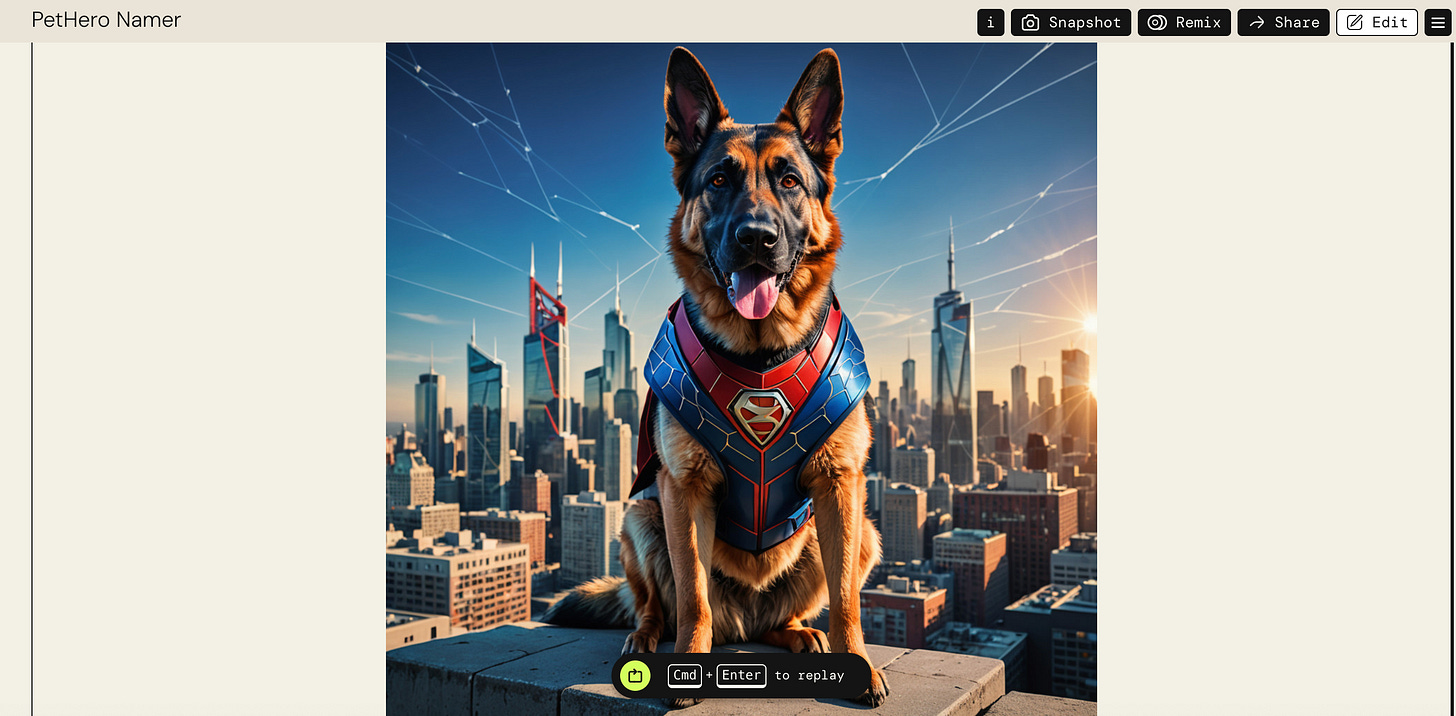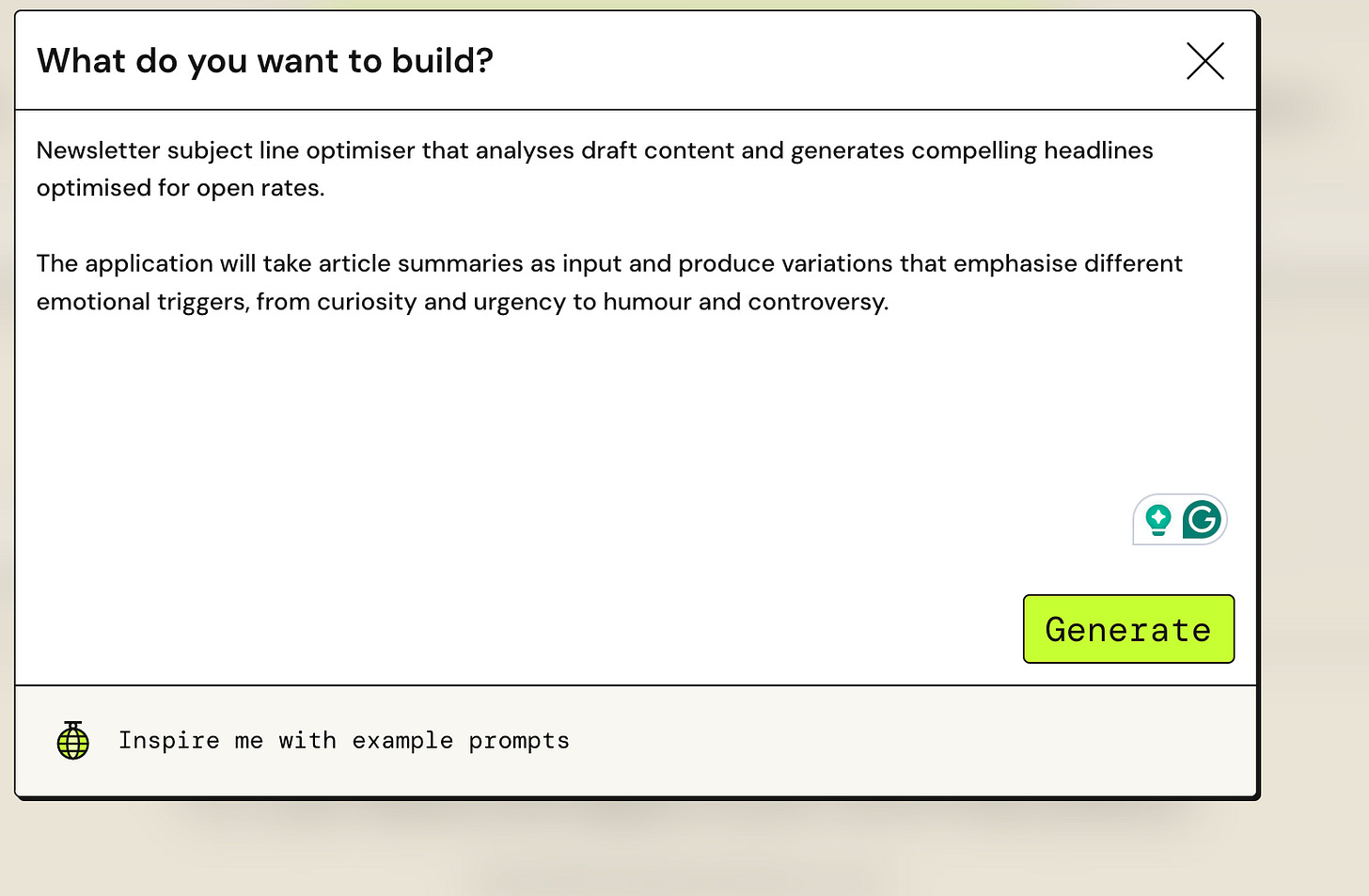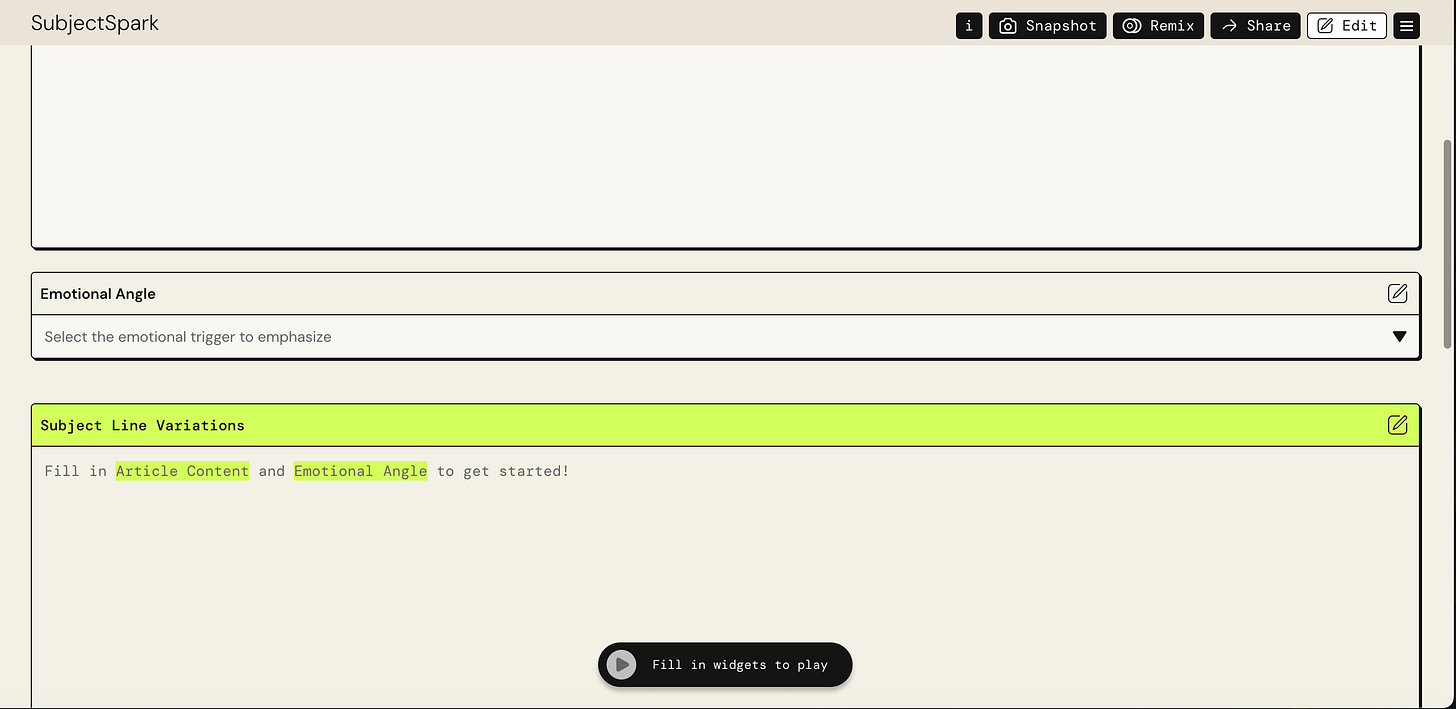Building Your First Generative AI Application: A Complete Guide
A Beginner's Guide to Building AI Applications Without Code Using Amazon's Free Platform
Amazon PartyRock offers a revolutionary approach to creating generative AI applications without requiring any coding knowledge or technical infrastructure.
This free, hands-on environment enables anyone to experiment with generative AI, build sophisticated applications, and develop essential prompt engineering skills through an intuitive visual interface.
I will teach you how to leverage this technology to build and show off your first generative AI application in this article.
Getting started with PartyRock requires describing the application you want to build. The platform transforms simple text descriptions into fully functional AI-powered applications within minutes.
This natural language approach eliminates traditional barriers to AI development, making advanced technology accessible to creators across all skill levels and backgrounds.
The application creation process begins with a single prompt describing your desired functionality.
For example, entering "what is my pet's superhero name?" and clicking “Generate” triggers PartyRock to automatically design and construct an application specifically tailored to that purpose.
The platform analyses your request and generates appropriate input fields, processing logic, and output displays to create a complete user experience.
Understanding the anatomy of a PartyRock application reveals the sophisticated architecture behind its simple interface.
The pet superhero name generator demonstrates these concepts in practice. PartyRock automatically creates input fields for pet name, special ability, and favourite activity based on the initial prompt.
These inputs feed into a text generation widget powered by large language models like Claude, which processes the information according to carefully crafted prompts to produce creative superhero names.
Prompt engineering forms the foundation of practical PartyRock applications. The platform uses dynamic prompts that incorporate user inputs through special syntax, creating personalised responses for each interaction.
A prompt might read "Come up with a creative superhero name for my pet based on their happy personality and favourite superhero."
This template structure ensures consistent quality while allowing infinite variation based on user inputs.
Customisation capabilities enable fine-tuning applications to meet specific requirements.
Users can edit prompts to modify output style, length, or focus. Changing a prompt from requesting detailed explanations to "Just provide one name and no reason why" transforms verbose responses into concise results. This flexibility allows rapid iteration and optimisation based on user feedback and changing needs.
Widget interconnectivity creates powerful workflows by using outputs from one component as inputs for another.
After generating a superhero name, that result becomes available as input for subsequent widgets. An image generation widget can create visual representations using prompts like "a portrait of a superhero pet called [superhero name]," seamlessly combining text and visual AI capabilities within a single application.
Visual customisation options ensure professional presentation and optimal user experience. Widgets can be resized, repositioned, and styled to create logical flow and visual hierarchy. Arranging input fields across the top of an application with larger output displays below creates intuitive interfaces that naturally guide users through the interaction process.
The democratisation of AI development through platforms like PartyRock represents a fundamental shift in how we approach artificial intelligence implementation. These tools enable rapid experimentation, prototyping, and deployment across diverse domains and skill levels by removing traditional technical barriers. This accessibility empowers individuals and organisations to harness AI capabilities without requiring extensive technical resources or specialised expertise.
Inspired by my success with developing personal applications with party-rock, I started envisioning applications designed for Substack writers.
I created a newsletter subject line optimiser that analysed my draft content and generated compelling headlines optimised for open rates.
The application takes your article summary as input and produces variations that emphasise different emotional triggers, from curiosity and urgency to humour and controversy.
Future development with PartyRock benefits from understanding emerging AI capabilities and platform updates.
Amazon regularly introduces new features, models, and integration options that expand what's possible with the platform. Staying informed about these developments ensures your applications remain current and competitive while taking advantage of the latest technological advances.
Success with PartyRock ultimately depends on combining technical understanding with creative problem-solving and user empathy. The platform provides powerful tools, but practical applications require thoughtful design, careful prompt engineering, and iterative refinement based on real-world usage. Whether building simple utilities or complex workflows, focus on creating valuable experiences that genuinely improve users' lives or work and creative processes.




